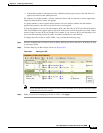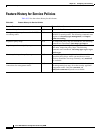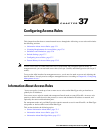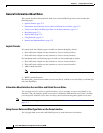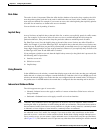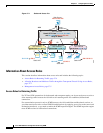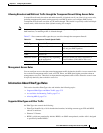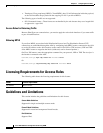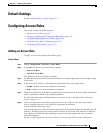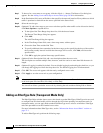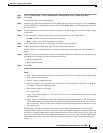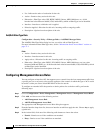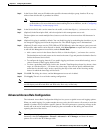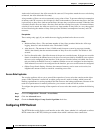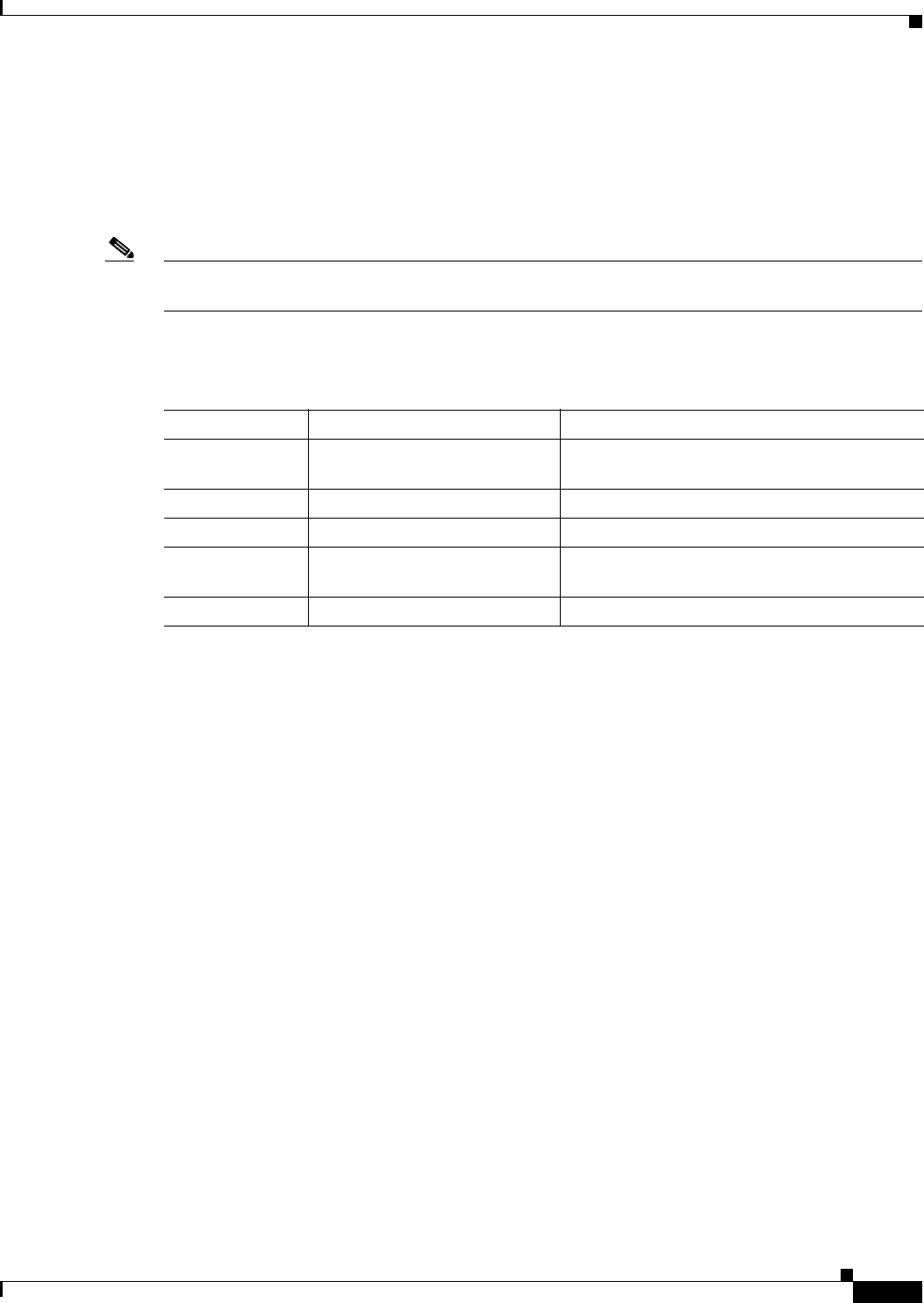
37-5
Cisco ASA 5500 Series Configuration Guide using ASDM
Chapter 37 Configuring Access Rules
Information About Access Rules
Allowing Broadcast and Multicast Traffic through the Transparent Firewall Using Access Rules
In routed firewall mode, broadcast and multicast traffic is blocked even if you allow it in an access rule,
including unsupported dynamic routing protocols and DHCP (unless you configure DHCP relay).
Transparent firewall mode can allow any IP traffic through. This feature is especially useful in multiple
context mode, which does not allow dynamic routing, for example.
Note Because these special types of traffic are connectionless, you need to apply an extended access list to
both interfaces, so returning traffic is allowed through.
Table 37-1 lists common traffic types that you can allow through the transparent firewall.
Management Access Rules
You can configure access rules that control management traffic destined to the ASA. Access control rules
for to-the-box management traffic (such as HTTP, Telnet, and SSH) have higher precedence than an
management access rule. Therefore, such permitted management traffic will be allowed to come in even
if explicitly denied by the to-the-box access list.
Information About EtherType Rules
This section describes EtherType rules and includes the following topics:
• Supported EtherTypes and Other Traffic, page 37-5
• Access Rules for Returning Traffic, page 37-6
• Allowing MPLS, page 37-6
Supported EtherTypes and Other Traffic
An EtherType rule controls the following:
• EtherType identified by a 16-bit hexadecimal number, including common types IPX and MPLS
unicast or multicast.
• Ethernet V2 frames.
• BPDUs, which are permitted by default. BPDUs are SNAP-encapsulated, and the ASA is designed
to specifically handle BPDUs.
Table 37-1 Transparent Firewall Special Traffic
Traffic Type Protocol or Port Notes
DHCP UDP ports 67 and 68 If you enable the DHCP server, then the ASA
does not pass DHCP packets.
EIGRP Protocol 88 —
OSPF Protocol 89 —
Multicast streams The UDP ports vary depending
on the application.
Multicast streams are always destined to a
Class D address (224.0.0.0 to 239.x.x.x).
RIP (v1 or v2) UDP port 520 —



